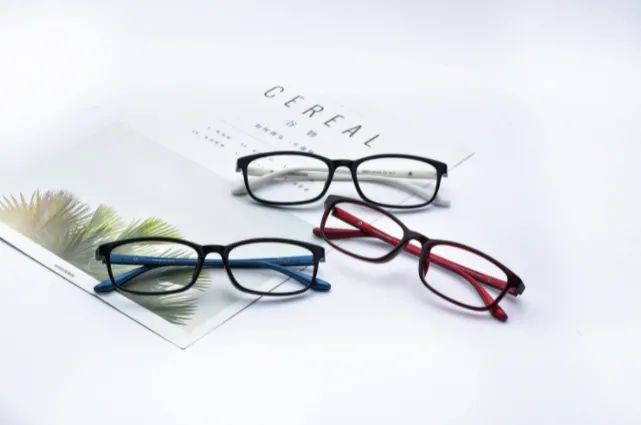1. What is a PC lens?
PC is a good performance of thermoplastic engineering plastics, it is five engineering plastics inside the good transparency of the product, but also in recent years the rapid growth of general engineering plastics. At present, it is widely used in optics, electronics, architecture, automobile, healthcare and other fields, especially for the production of eyeglasses.
2. Why are they called space lenses?
POLYCARBONATE(PC) is a material developed by scientists to make space exploration equipment suitable for the special environment of space, so it is commonly known as space lens.
3. What's good about it?
PC material has the advantages of ultra-thin, ultra-light, high collision resistance, UV protection and good light transmittance, is widely used in engineering plastics transparent materials, It has good stability and no electrical conductivity, so the application range is very wide, and made of PC material lens nature with the above advantages, particularly suited to high number, pay attention to beautiful people, sports people, children, older people wear, like the United States has prescribed glasses tribe of the children under the age of 13 must wear the PC lenses.
General resin lenses are hot solid materials, that is, the raw material is liquid, heated to form solid lenses. PC piece is thermoplastic material, that is, the raw material is solid, after heating, shaping for the lens, so this lens product will be overheated deformation, not suitable for high humidity and heat occasions. PC lens has a strong toughness, not broken (2cm can be used for bulletproof glass), so it is also called safety lens. The specific gravity is only 2 grams per cubic centimeter, making it the lightest material currently used for lenses. PC lens manufacturer is the world's leading Esilu, its advantages are reflected in the lens aspheric treatment and hardening treatment.
PC space lenses are made of polycarbonate lenses, and ordinary resin (CR-39) lenses have essential differences! PC is commonly known as bulletproof glass, so PC lenses adhering to the excellent characteristics of raw materials super impact resistance, and due to high refractive index and light weight, greatly reduce the weight of the lens, there are more advantages such as :100% UV protection, 3-5 years will not yellowing. If there is no problem in the process, the weight is 37% lighter than the ordinary resin sheet, and the impact resistance is up to 12 times of the ordinary resin!
4. The history of PC lenses
In 1957,
American GE(General Electric) company took the lead in the development of PC(polycarbonate) plastic, and called Lexan. German company Bayer followed with their PC plastic Makrolen.
In the 1960 s
The second century ended. PPG converted the CR-39 resin material from the military to make lenses for civilian use.
In the 1970 s
In the early 1970s, patients began receiving CR-39 lenses.
In 1973,
85% glass lenses and 15% CR-39 lenses.
In 1978,
With the advantage of military and aerospace projects, Gentex first used PC to manufacture safety lenses.
In 1979,
In developed countries, the lens material is transformed from glass to CR-39 resin. Ending the nearly 600-year dominance of the glass lens.
In 1985,
Vision-ease Lenses Inc. pioneered the introduction of PC prescription lenses.
In 1991,
Transitions, Inc. releases the first generation of color changing resin lenses.
In 1994,
PC lenses account for 10% of the U.S. market.
In 1995,
The polarizing PC lens was born.
In 2002,
PC lenses account for 35% of the U.S. market, while glass lenses account for less than 3%
Post time: Sep-27-2022


